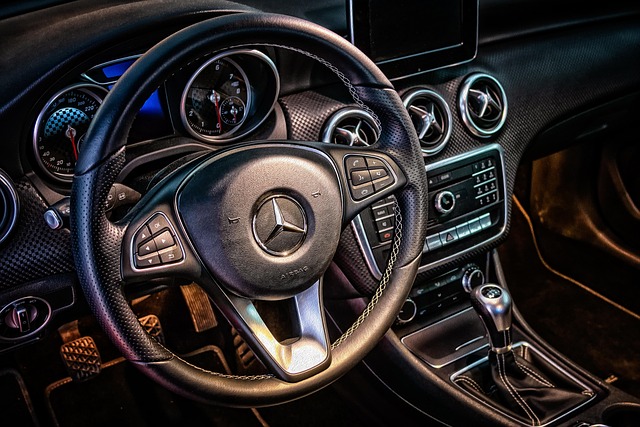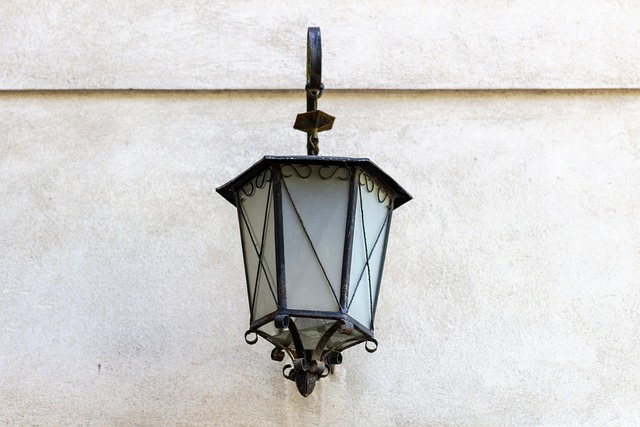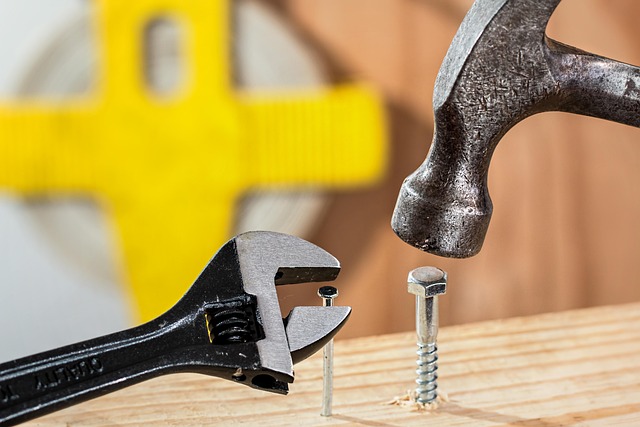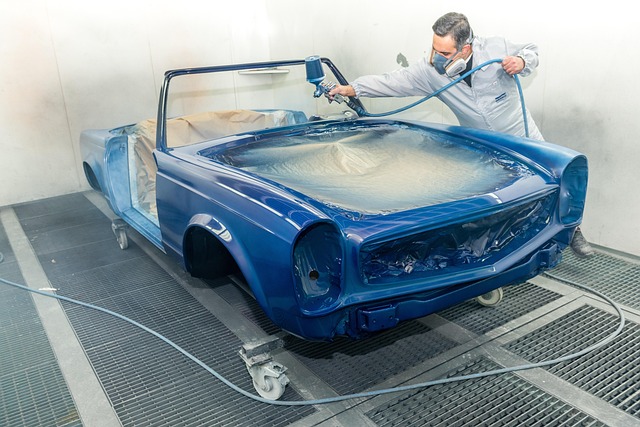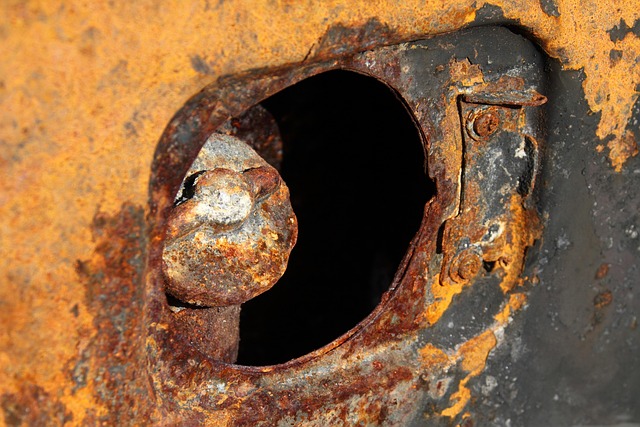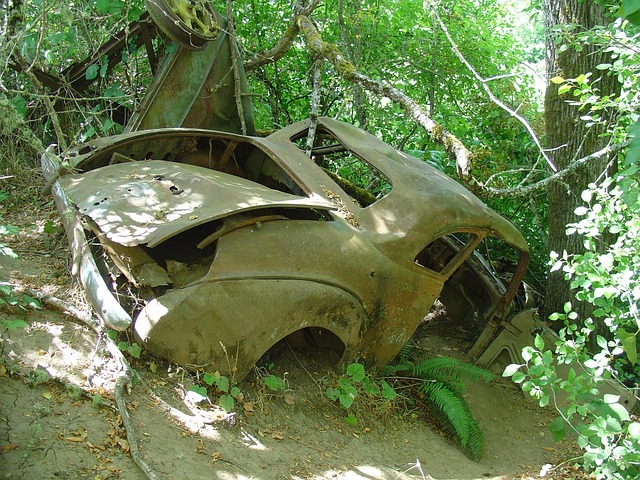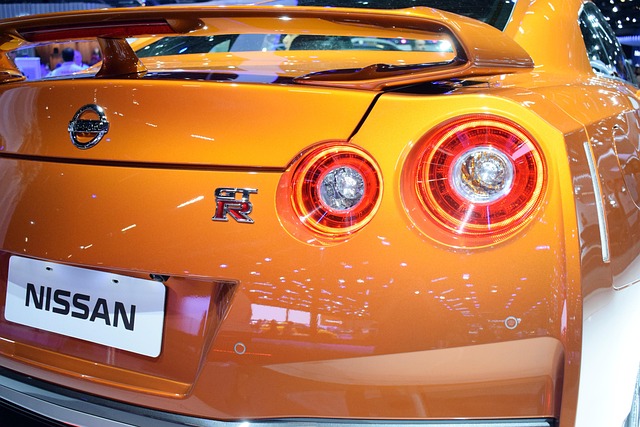Mercedes owners face challenges with faded or stained matte paint due to environmental factors, improper washing, and accidents. Mercedes matte finish repair is crucial for restoring these unique finishes to their original sleekness and protecting against future damage. Regular washing and prompt removal of spills are key preventatives, but severe fading or staining may require professional repairs addressing issues like bumper repair, frame straightening, and vehicle body repair.
Mercedes owners often pride themselves on their cars’ distinctive, sleek matte finishes. However, these paints are susceptible to fading or staining over time, leading to a loss of aesthetic appeal. Understanding the causes behind these issues is the first step towards effective prevention and repair. This article delves into the environmental and chemical factors contributing to Mercedes matte paint fading and staining, offers insights into common causes, and provides practical tips for repairing and maintaining your car’s striking matte finish. Learn how to address these challenges with our guide on Mercedes matte finish repair.
- Understanding Mercedes Matte Paint Fading
- – Environmental Factors: Sunlight exposure, UV rays, pollution, and humidity.
- – Chemical Reactions: The role of acid rain, bird droppings, and tree sap in paint damage.
Understanding Mercedes Matte Paint Fading

Mercedes matte paint fading or staining is a common concern for car owners, especially those proud of their sleek, non-reflective finishes. Understanding what causes this issue is the first step in addressing it effectively. Matte paints are designed to offer a unique, flat appearance compared to glossy or semi-gloss finishes. However, their durability varies, and several factors can contribute to their deterioration over time.
Environmental conditions play a significant role in matte paint fading. Exposure to direct sunlight, especially during prolonged periods, can cause the paint to break down faster due to UV radiation. Additionally, harsh weather conditions like heavy rain or consistent humidity can accelerate the fading process. Even regular car washing without proper care might contribute to staining, as aggressive cleaning agents or improper techniques could damage the delicate matte finish. Collision repair experts often see cases of matte paint fading after accidents, where the impact may have compromised the integrity of the paint job, making it more susceptible to staining and fading. Auto repair services focusing on car restoration should thus offer specialized Mercedes matte finish repair solutions tailored to these unique challenges.
– Environmental Factors: Sunlight exposure, UV rays, pollution, and humidity.

The Mercedes matte finish is renowned for its durability and unique aesthetic appeal, but it’s not immune to degradation over time. Environmental factors play a significant role in the health of your vehicle’s paint job, especially the finish. Prolonged exposure to direct sunlight can cause the paint to fade faster due to heat absorption. Similarly, UV rays from the sun are notorious for breaking down the chemical bonds in paint, leading to discoloration and a loss of luster. Pollution and humidity also contribute to paint damage; airborne contaminants can corrode the surface, while high moisture levels accelerate rust formation, especially if the vehicle is not maintained properly. Regular washing and waxing are essential to protect against these elements, but for severe cases of fading or staining, professional Mercedes matte finish repair may be necessary. This involves skilled technicians using specialized techniques and products to restore the car’s original appearance, addressing issues like bumper repair, frame straightening, and vehicle body repair.
– Chemical Reactions: The role of acid rain, bird droppings, and tree sap in paint damage.
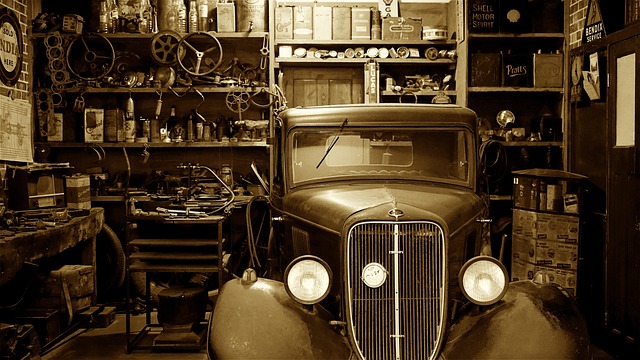
Mercedes matte finish paint is renowned for its durability and distinctive look, but it’s not immune to damage from environmental factors. Chemical reactions play a significant role in the deterioration of this finish. Acid rain, composed of sulfuric acid and nitrogen oxides, can etch away at the paint, exposing the base coat and leading to fading and staining. Similarly, bird droppings and tree sap contain acids that, when left untreated, can cause permanent damage, corroding the paint and leaving unsightly marks.
These substances react with the paint’s pigment and resin, compromising their protective barrier. Over time, this reaction speeds up the aging process of the car’s exterior, requiring Mercedes matte finish repair to restore its original appearance. Regular washing and quick removal of any spills or debris are essential auto frame repair practices to mitigate these issues, preserving the integrity of the car’s bodywork and preventing costly car scratch repair down the line.
Mercedes matte paint fading or staining can be attributed to a combination of environmental factors like sunlight exposure, UV rays, pollution, and humidity, as well as chemical reactions caused by acid rain, bird droppings, and tree sap. To address and prevent these issues, regular washing, waxing, and sealing are crucial for maintaining the integrity of your Mercedes’ matte finish. Timely repair and maintenance can significantly extend the lifespan of your vehicle’s unique matte paint job, ensuring it retains its original depth and allure.
